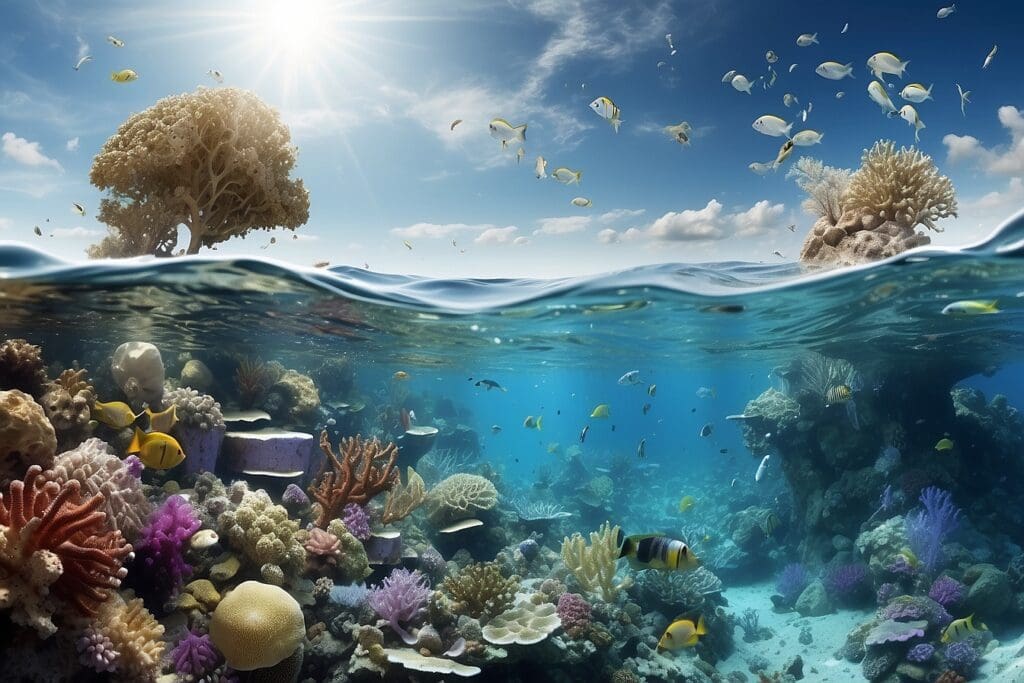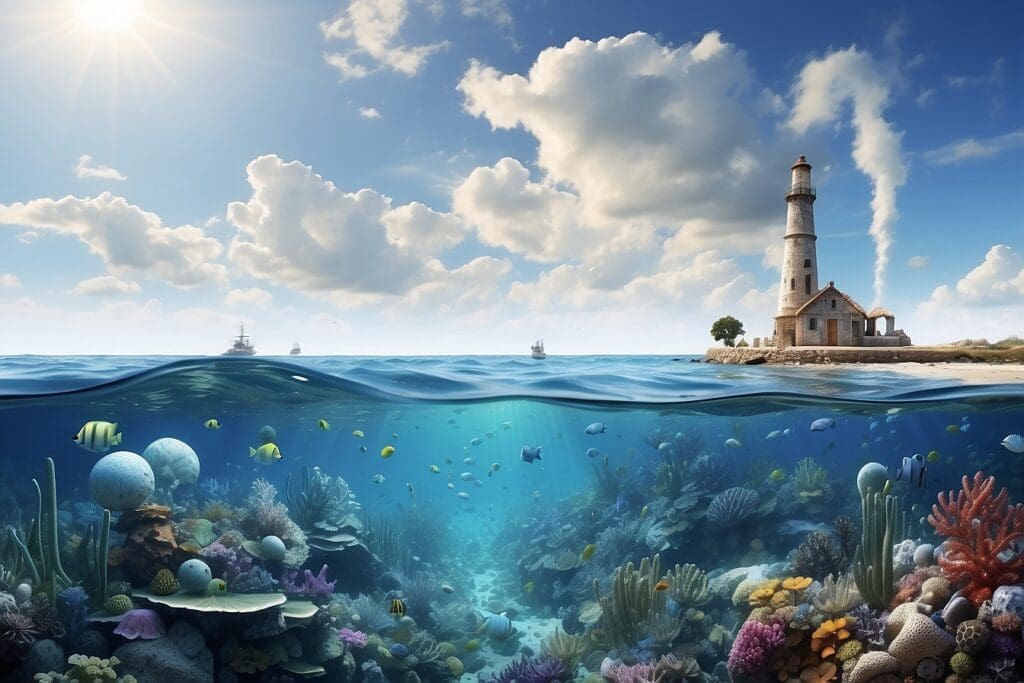Everyone has heard of global warming, but how many people have heard of ocean acidification? Recently, more and more political attention is being paid to this relatively unknown side effect of global warming. A scientific panel, consisting of the United Nations and other international groups, called for “urgent action” against ocean acidification by reducing carbon dioxide emissions.1 As one expert put it, “Global warming is incredibly serious, but ocean acidification could be even more so.”2 So what’s the big catastrophe?

Scientists first discovered the problem of ocean acidification when, in searching for an answer for carbon emissions into the atmosphere, they wanted to see whether they could dump carbon emissions from power plants directly into the ocean. In a laboratory test, they pumped low levels of carbon dioxide (CO2) into tanks filled with wildlife. As a result, this solution ended up dissolving the spines of sea urchins and shells of mollusks. Since these CO2 levels were actually lower than in the ocean, scientists could only imagine what must have been happening to marine life.3
For the past few hundred years, the acidity of ocean surface waters has gone up 30%,4 which is at a rate 50 times the rate of previous eras.5 Naturally, this is because the ocean absorbs about a quarter of carbon dioxide emissions, which fluctuate over time. However, the sudden recent increase in carbon dioxide emissions has also sped up the rate of acidification beyond the point at which the environment can adapt. When carbon dioxide gets absorbed into the ocean, it dissolves and produces carbonic acid.6 This chemical reaction reduces the number of carbonate ions, which a key ingredient for many marine animals to build their shells.7 And this has huge consequences, not just for shellfish, but especially so for coral reefs.
Coral reefs are made up of thousands of years of polyp skeletons, but biological oceanographer predicts coral reefs may start to fall apart within a decade.8 By 2050, most places where coral reefs now thrive may become nonviable.9 Most people imagine that this would only affect very localized, tropical environments, however colder regions may be affected as well. Cold-water reefs are actually 10 times more abundant than tropical reefs, and these support vast fisheries and ecosystems.10 For more information on the coral reefs, check out the Greeniacs Article: http://www.wordpress-837916-4114959.cloudwaysapps.com/GreeniacsArticles/Coral-Bleaching.html.
While hurting shellfish and coral reefs may not sound that big of a deal, in reality, hurting these few core species could actually throw off balance whole marine ecosystems. Shellfish such as pteropods and diatoms are a main food source for higher-level seafood such as salmon, herring, and cod. Although they are not endangered now, starting in 2100, the shells of at least one species would dissolve under the worsening ocean conditions. 11
Ocean acidification also threatens human communities directly. This is especially true for a lot of island nations, whose reef tourism provides up to a quarter of their total income. Also, coral reefs are now great shields against waves and storm surges. As they disappear, coasts will be even more vulnerable to storms and hurricanes.12 Of all the stresses humans already put on the environment, including overfishing, pollution, and increasing ocean temperatures, the ocean acidification may just put some ecosystems over the edge.
However, the good news is that there are solutions. Some suggest adding iron, which promotes phytoplankton booms that soak up carbon dioxide. However, many scientists worry that upsetting the balance of the ecosystem would have unforeseen consequences. Others suggest adding limestone to the ocean to neutralize the acid. But this would be expensive and require high carbon emissions. Others suggest harvesting acid from the ocean and neutralizing it in a separate electrochemical treatment process.13 Even this, however, has only been tested in the short-run, and may have no long-term effect.
All of these answers, in fact, would only be short-term solutions, since the root of the problem is increased carbon emissions. Ultimately, scientists agree, the best place to start is with reducing future carbon emissions.14





